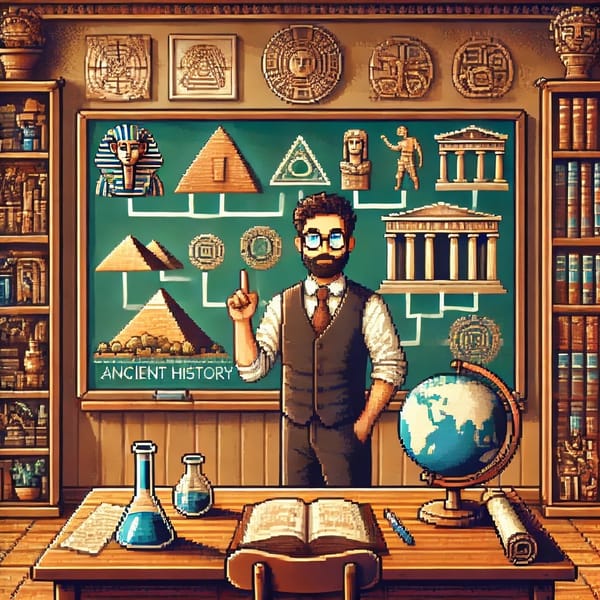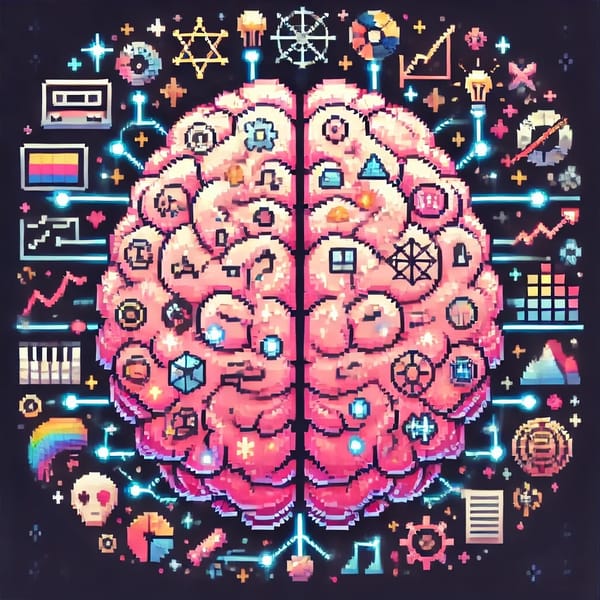Mental Models in Action
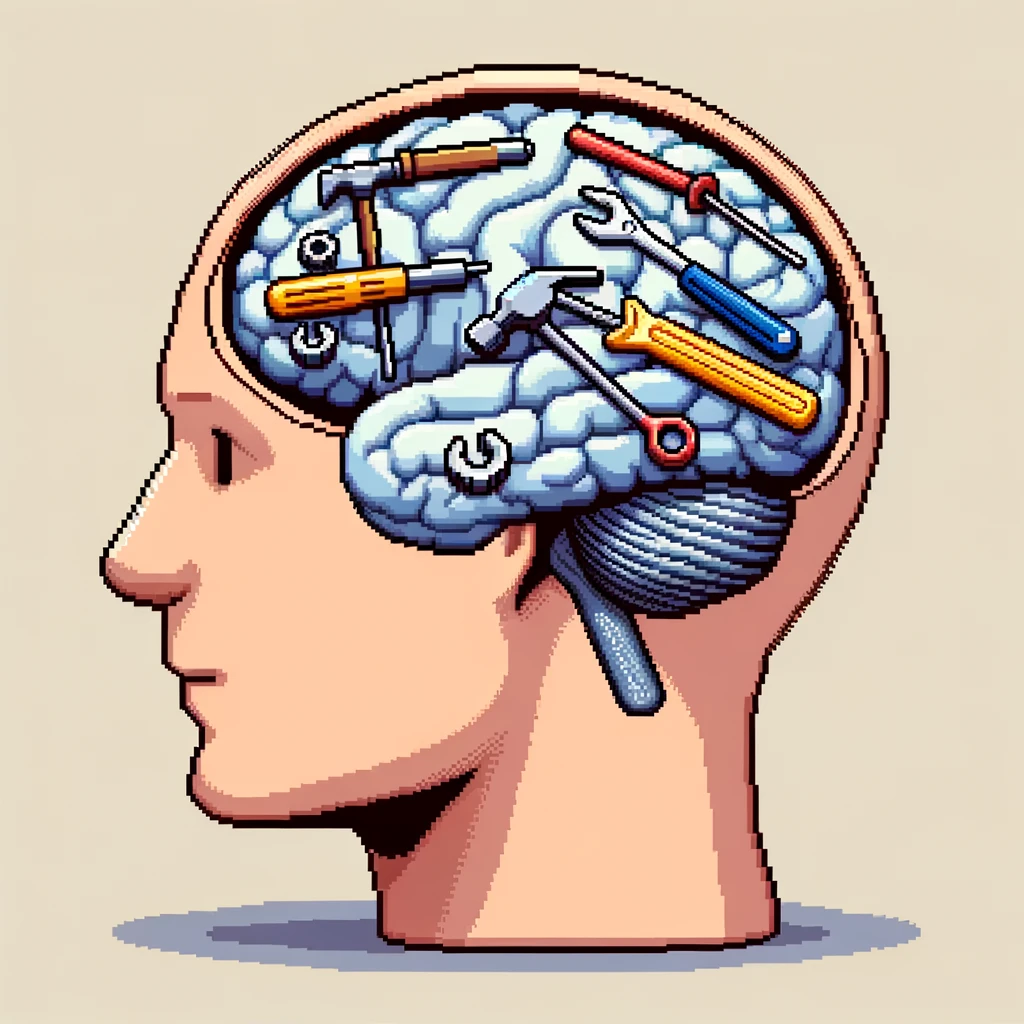
Toward the end of 2023, I re-read Farnam Street's The Great Mental Models series. For those unfamiliar, mental models are concepts from various disciplines that have uses beyond their original application. A simple example is evolution, which is traditionally focused on biology but applied to many subjects, such as how businesses compete for resources.
After reading the books, I always find it fun to collect examples of the models occurring in real life, so here are a few examples that I have noticed in the past couple of months.
Replication
The book uses the example of the German army taking on Napoleon. Traditionally, the German military operated via command and control, but they were no match for Napoleon's quick tactics and adjustments made in the field. It would be impossible to document everything that could happen in the heat of battle and the appropriate response, so the German army had to adapt by focusing on principles rather than rules.
Writing is similar. If you want something practical in many situations, it must be a simple principle rather than a complex web of thoughts. This is more challenging for the writer because they have to boil down their experience to their simplest pieces and more demanding on the reader since they have to figure out how it may apply. This is presumably why we remember pithy sayings and aphorisms and continually find new ways they fit into our lives. This even applies if the person who originated the sayings was part of the Roman Empire and has little in common with us today. The less context the idea has, the easier it can adapt to fill appropriate and inappropriate situations.
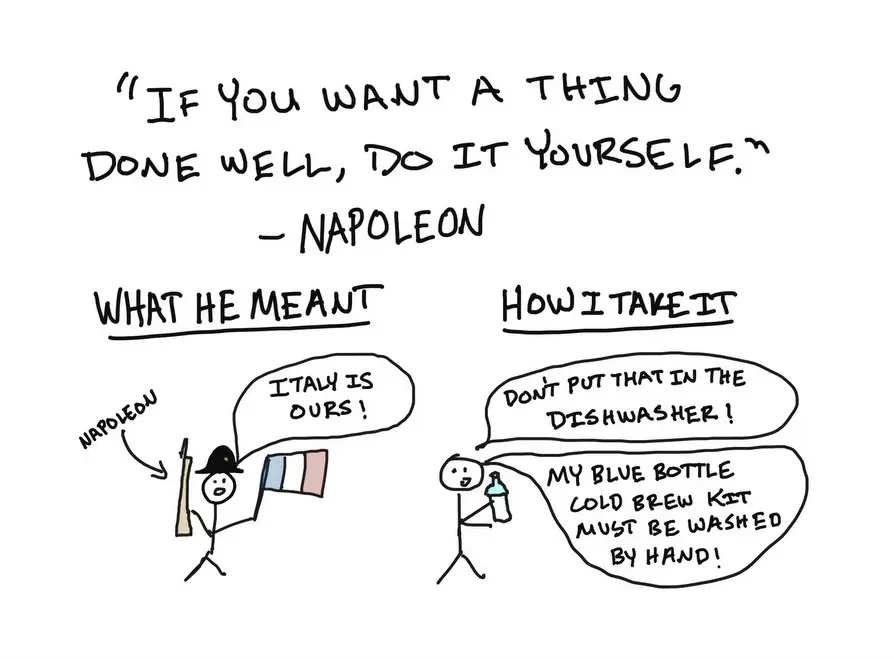
The Map is Not The Territory
Anytime you look at a map, it doesn't convey everything the real world does. The map is an abstraction. Since the map is a simplification, the book points out that the map could be outdated and is always limited by the creator's biases.
Netflix recently dropped numbers about which shows were watched the most on the platform. People were surprised. What people talk about on the internet is a poor map of the content most people watch.
I am very susceptible to this bias as someone who keeps up with the technology space. We should understand consumer behavior well since everyone is constantly tracked. The problem is that just because someone knows, like Netflix, only means the public is aware if they release the information.
We must remember that a small group of self-selected people creates all our media. Even in "democratized" social media, it is accepted that 90% of users only read content, 9% of users contribute little content, and 1% of users contribute almost all of the content. There is no way the media can give us a precise picture of the world.
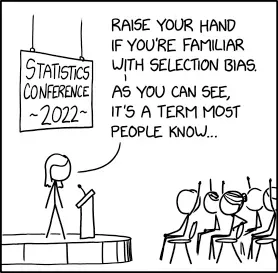
Another risk of using maps that the books point out is that maps can change the territory they are mapping. Consider Google as an example. Initially, it started just mapping the content that already existed on the web. Before long, people began using Google as a critical resource, so it became essential to have a web presence and use search engine optimization (SEO)[1] techniques to become the top result if you wanted to get new customers. This incentivized people to create websites optimized for Google’s algorithm instead of those who will be using it! Instead of objectively mapping the territory, Google has unintentionally warped the internet to cater to algorithms rather than humans.
Tendency to Minimize Energy Output
Why do more than you have to? Laziness is built into our brains. It is why we have psychological biases and use heuristics; these are both methods to save time and energy. This is why the Low-Friction Life is so attractive. We exist in a time where we never have to think. Someone will always tell us exactly what to do, and at some level, we want that.
A frequent example of designing something to lean into human laziness is called desire paths. Instead of planning where sidewalks will go in a park or on campus, see where people walk the first few months and then pave that space.
Alabama decided not to do this when they made their College of Engineering campus in 2014 but added additional paths while I was in college to accommodate where people walked. The first image is from the original announcement of the area's completion, and the second is from Google Earth and is highlighted with the new sidewalks.
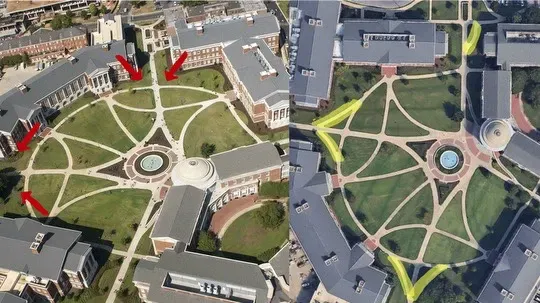
The implication is that you should make the right thing or the thing you want someone to do as easy as possible, and in some cases, you won't know how to do that until after observing them.
Momentum
In classical mechanics, momentum is defined as the mass multiplied by velocity. Velocity is itself a separate mental model and differs from speed because it implies speed and direction. So, your speed can be high while you go in circles, but your velocity would still be low. We generally focus too much on moving quickly and not enough on building mass.
Moving fast through our current information environment, we take in tweets or articles and gain small insights. The issue comes when we try to understand how those insights fit into the bigger picture. You can have a good understanding of what is happening now. Still, without additional subject knowledge or history, you won’t be able to differentiate between signal and noise. You haven't built any mass of subject knowledge. A core part of Embracing Limits in 2024 is trying to build up more knowledge in a few subjects, building mass.
Focusing on mass instead of speed is difficult for me for two reasons. First, I constantly want to preserve optionality, and as soon as I commit to something, I have to accept the associated opportunity cost. I need to make priorities and understand that I will only focus on a couple of things that matter to me instead of the ten things I would like to do. Second, moving fast has better feedback loops. Reading a book for 10 hours might not feel as immediately gratifying as an article you could read in 5 minutes, but it sets a foundation for a better understanding in the long term.
This could be viewed as an argument for specialization, but it isn’t. Focusing on one thing at a time seems necessary to be successful, but that one thing may change over time. One of the writers I enjoy is Matt Levine, who writes a column called MoneyStuff for Bloomberg. He has worked as an investment banker, a lawyer, and a writer. Each could be an entire career in its own right, but his combination of the three makes his writing far more interesting since he has a unique perspective. Being a good generalist is not having shallow knowledge of many subjects but a medium understanding of several subjects[2].
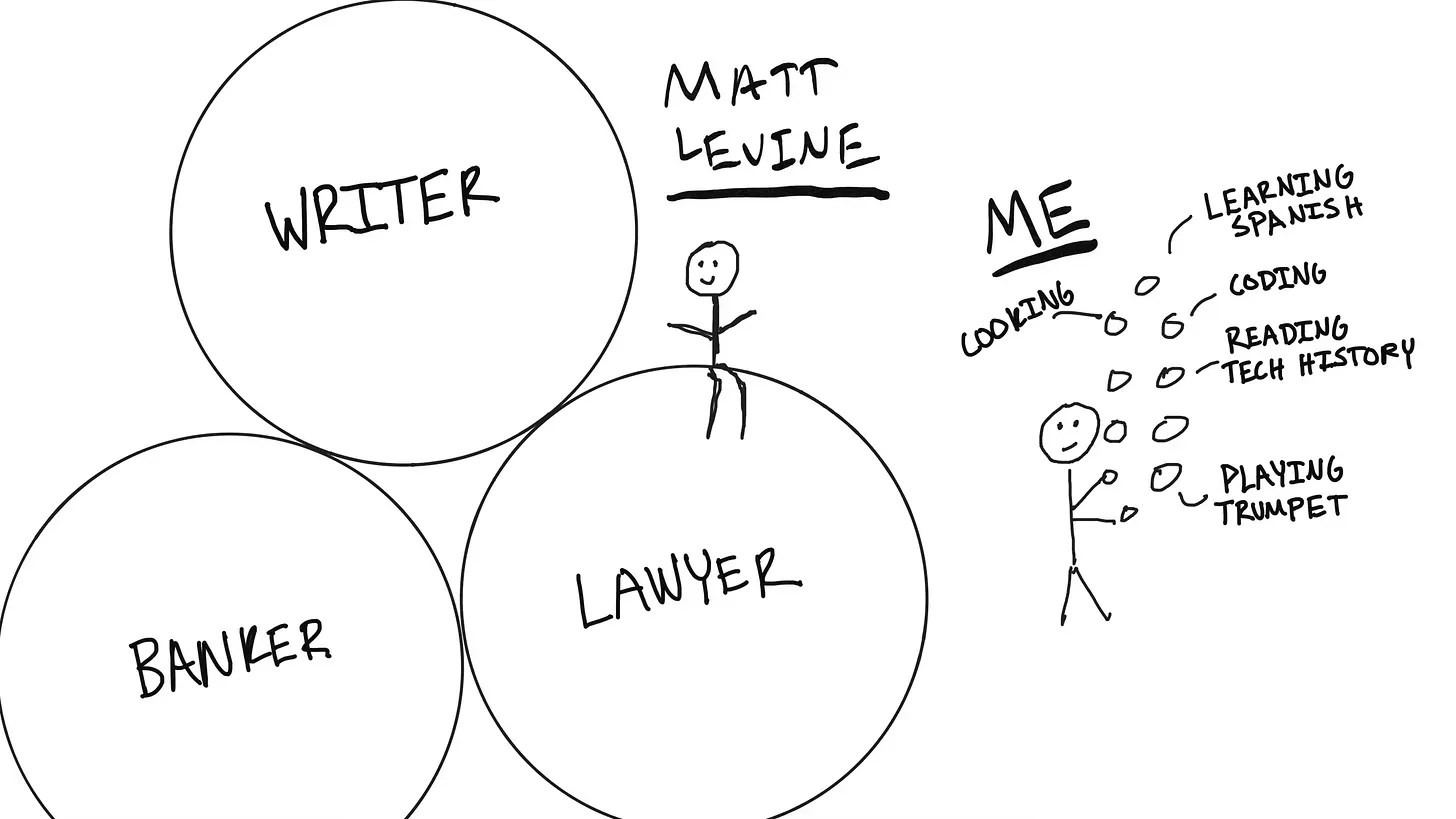
Conclusion
I am always on the lookout for Mental Models in action. Farnam Street, the company that published the books I read, has a great list on their website.
How have you seen these in action?
- If you aren’t familiar with SEO, The Verge published a great piece on the topic this past week.
- I could be wrong, but too many people have read the book Range and used it as an excuse not to move in any direction with purpose. That is not the point!


